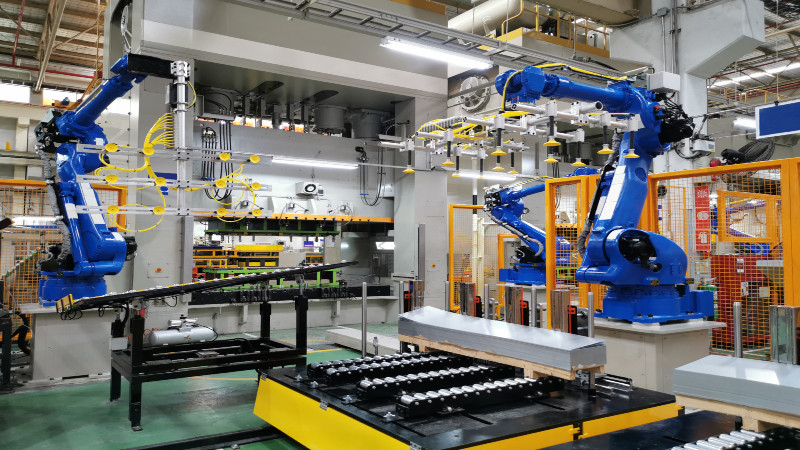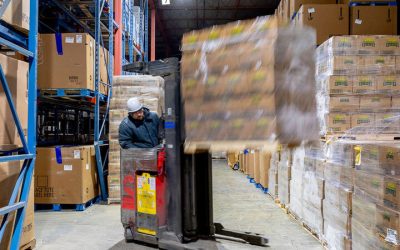Packaging plays a crucial role in ensuring the safety, efficacy, and accessibility of pharmaceuticals within the pharmaceutical sector. It is not merely a matter of containment; rather, drug packaging is a highly sophisticated process that has far-reaching implications for the entire lifecycle of a pharmaceutical product. From the moment of its manufacture to its eventual delivery to the patient, every aspect of a drug’s journey is influenced by the quality and design of its packaging. The materials chosen, the technology used, and the regulatory standards followed all contribute to maintaining the integrity and effectiveness of the medication. As a result, packaging is a fundamental element in the pharmaceutical industry, directly impacting both the product’s performance and the patient’s health outcomes.
Promoting Integrity and Safety
Drug packaging serves mostly as a means of maintaining the integrity of the pharmaceutical good. Medications are susceptible to environmental elements like temperature, moisture, and light. By serving as a barrier against these components, good drug packaging guarantees that the medicine stays stable and effective throughout its shelf life. The particular needs of the medicine guide the careful selection of materials—plastic, glass, metal, or another.
Moreover, proper prevention of infection depends critically on drug packaging. The packaging process must adhere to strict guidelines to eliminate any risk of contamination that could compromise the safety of the medication. While solid oral dosage forms need tamper-evident packaging to guarantee the product has not been changed or tampered with, sterile packaging solutions are vital for injectable medications.
Physical security drug packaging has to stop chemical interactions between the medication and the packing material. This is especially critical for drugs that are very sensitive to specific substances or highly reactive. The container should be inert so that the medication formulation remains unchanged and efficient.
Challenges Faced by Drug Packaging Firms
Even with the advancements in medicine packaging, the sector faces various difficulties. Companies in the drug packaging industry must negotiate complicated legal systems that differ nation by nation. Compliance is difficult for producers worldwide since these rules control everything from packaging materials to labeling requirements.
Striking a balance between cost-effectiveness and utility is still another difficulty. Although creative packaging ideas have many advantages, their cost usually justifies their benefits. Drug packaging companies have to figure out how to include these technologies without appreciably raising the cost of the finished good. This is especially important in situations where financial restrictions take precedence.
The development of individualized medicine also offers a fresh difficulty for drug packaging. Packaging solutions must adapt to smaller, more specialized manufacturing runs as treatments become more tailored to individual patients. This change calls for more adaptability in production techniques and packaging design, thereby further complicating the packaging scene.


